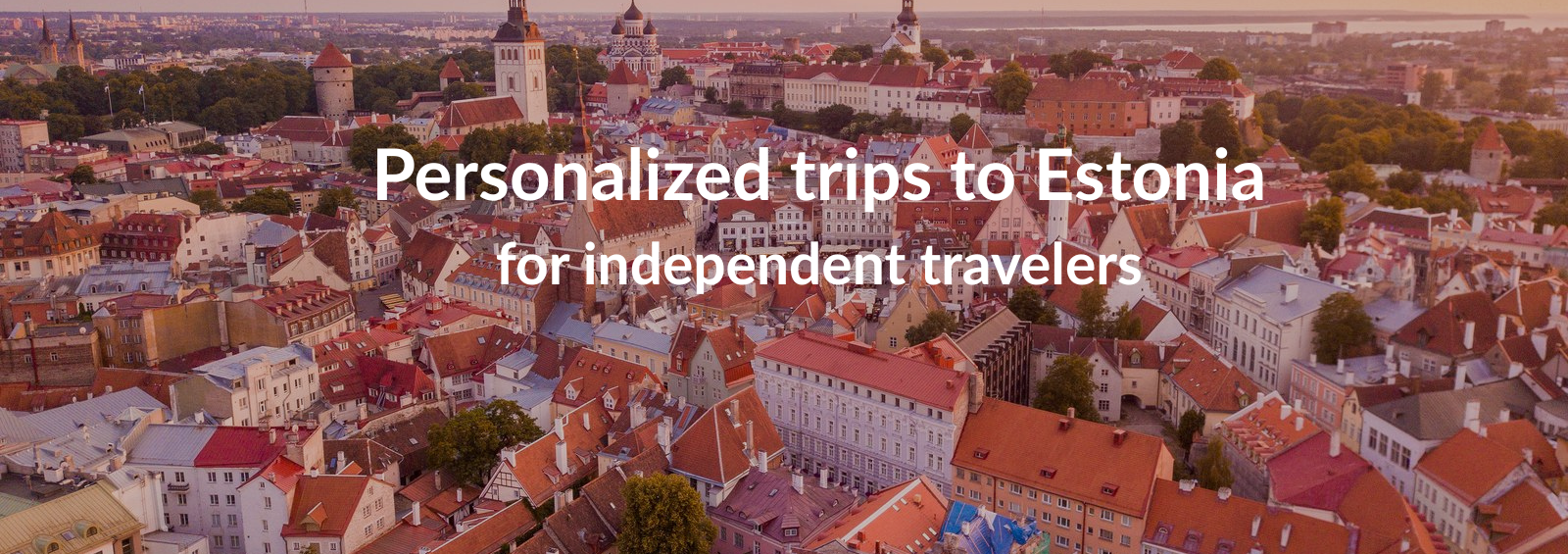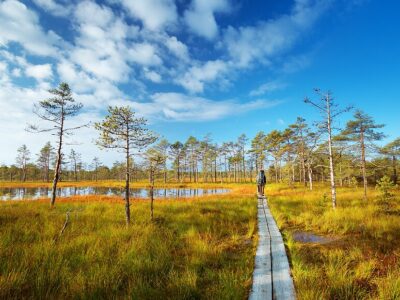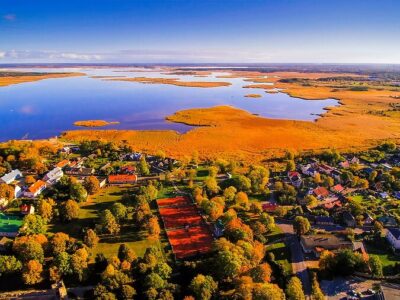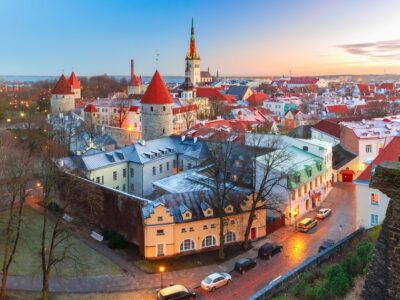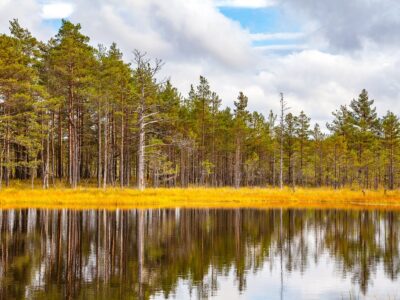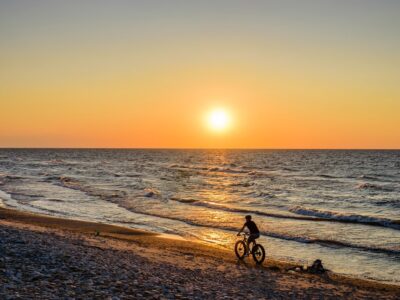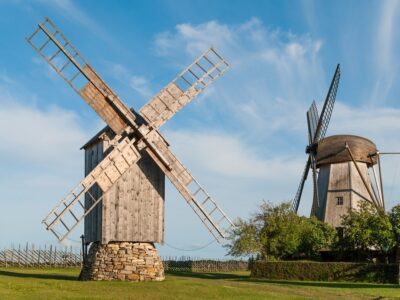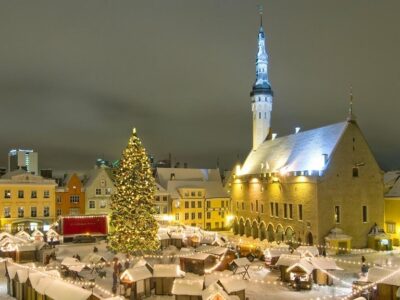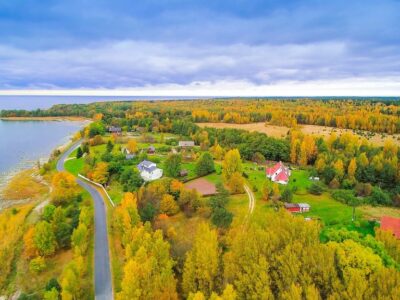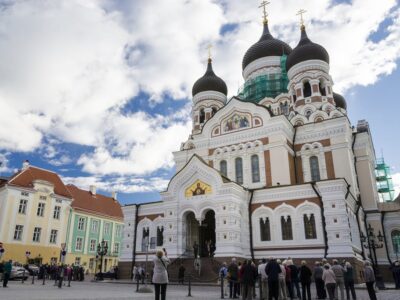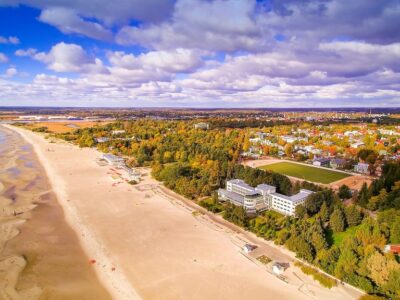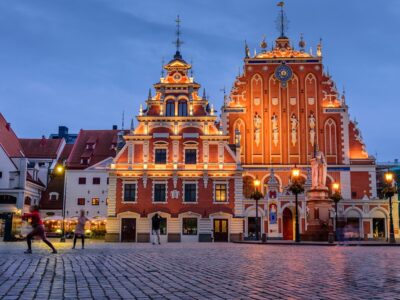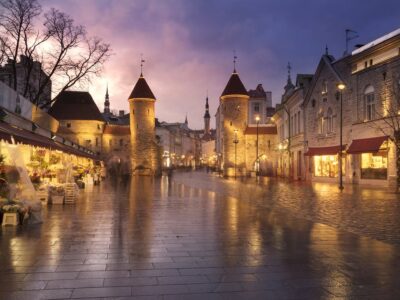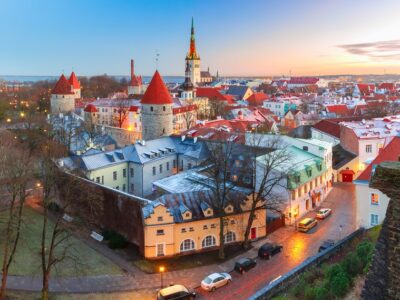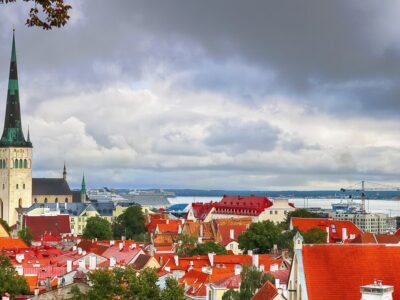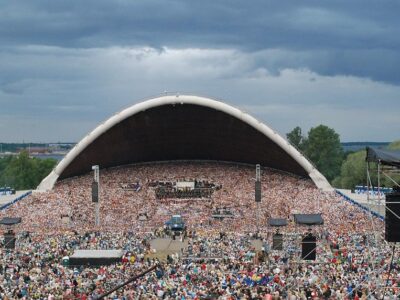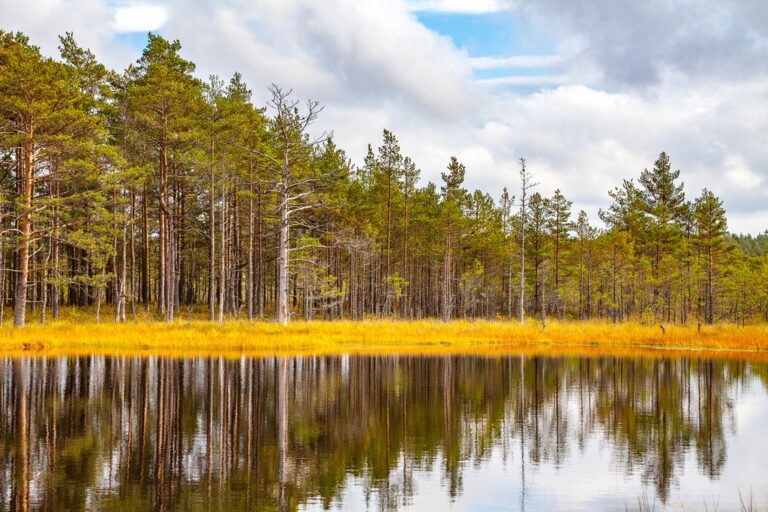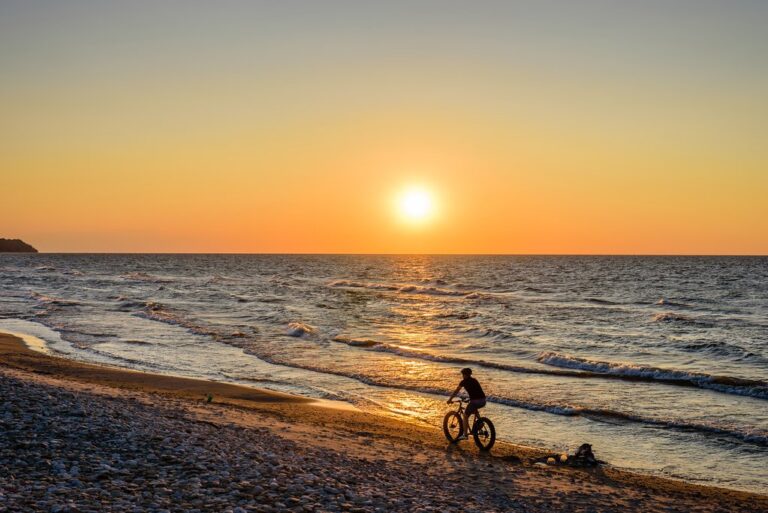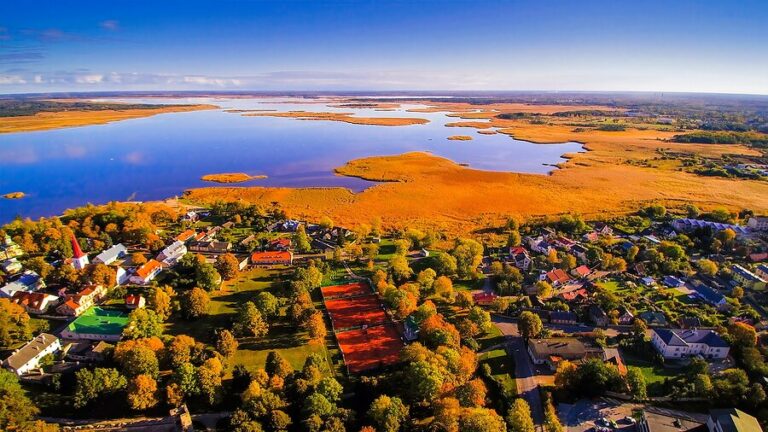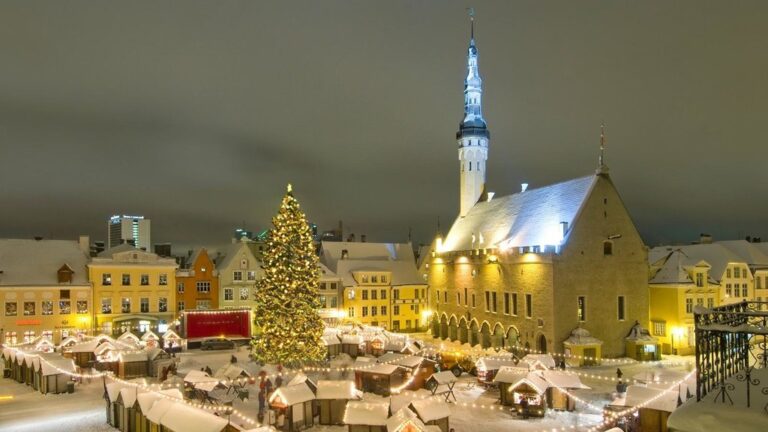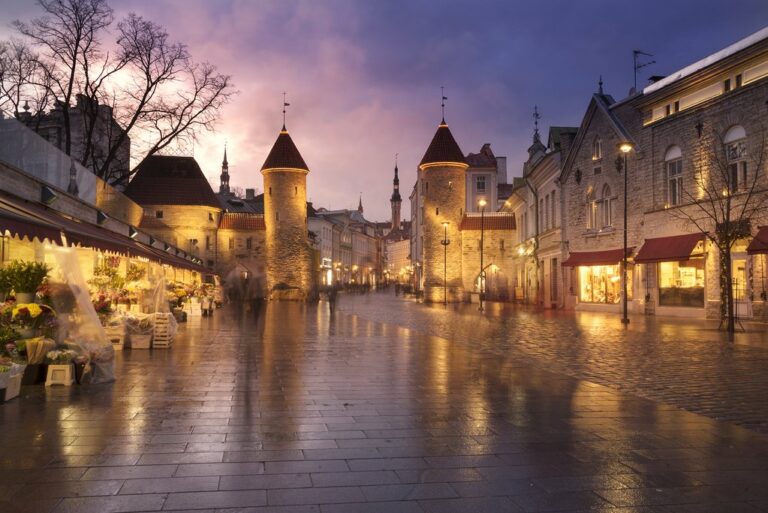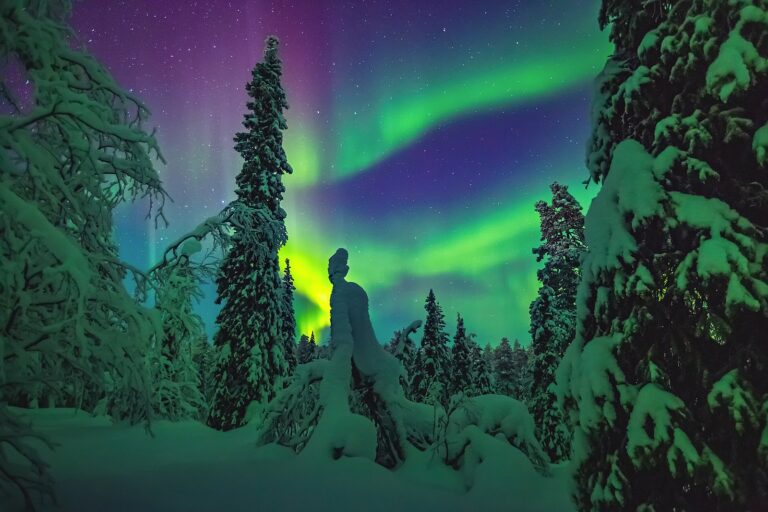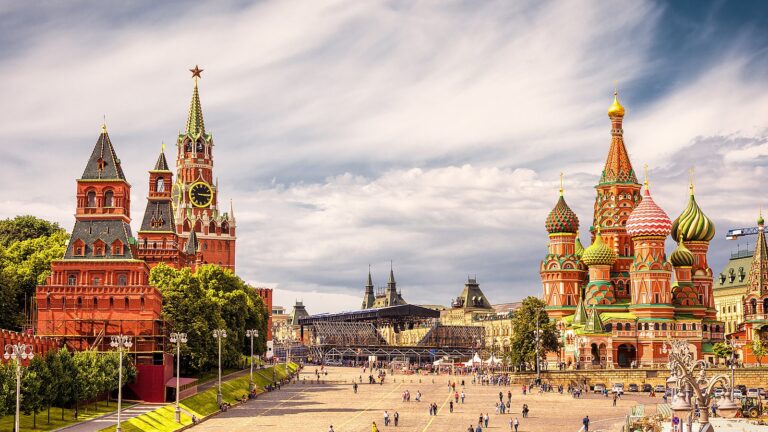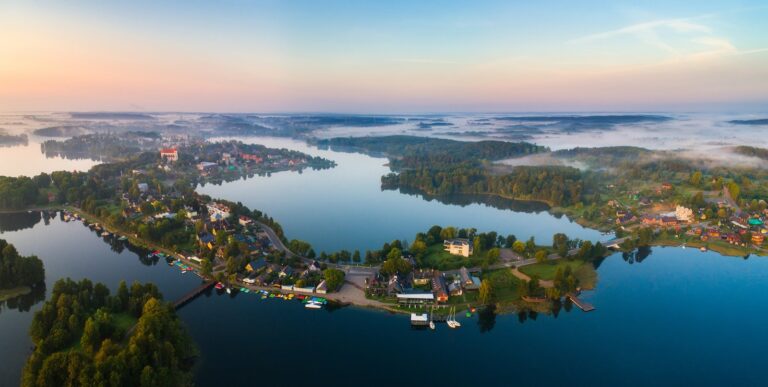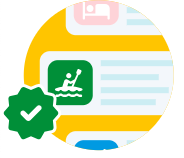Estonia
When is the best time to visit?
The best time to visit the Baltic States is late spring or summer. Spring begins in late April (or late May in the north) and the countryside takes on a green lushness, drawing horses out from their winter barns and city-dwellers out in droves to sidewalk cafés. Summers are relatively short (mid-June through August). You may experience a string of hot, dry days during this time, but showers and chilly nights can also be expected.
Temperatures cool down rapidly from September onwards. Autumn can be a beautiful season, as the golden leaves of deciduous trees begin to contrast with dark green pines. The first snowfalls can come as early as mid-November, and by December winter sets in with a vengeance. Average daytime temperatures can remain below freezing until March. That said, winter can also be a magical time, with lakes, rivers and large expanses of the Baltic Sea freezing over, crunchy snow cover adding an air of enchantment to medieval city centers, and cross-country skiing in the southern hills.
Where should you go?
Dive into the cultural center of Tallinn, the easily-navigable capital city filled with historic churches, cobblestone streets, palaces, museums, and galleries. One or two days will be enough to explore Tallinn—perfect for a weekend. You'll also want to visit the AHHAA Science Centre in Tartu. The biggest science center in the Baltic States, this family-friendly spot offers excellent exhibitions and a planetarium. Narva Castle is also a must-visit: Founded in 1256 by the Danes, it's the most impressive and best-preserved defense castle in the country.
How many days do you need?
Travelers with 7 days will have enough time to tour Estonia or check out the highlights of the three Baltic capitals—Tallinn, Riga (Latvia), and Vilnius (Lithuania). With 10 days, you can combine an in-depth Latvia tour with stops in Riga and Vilnius, and two weeks is enough to see all three countries, including rural places and hidden gems.

